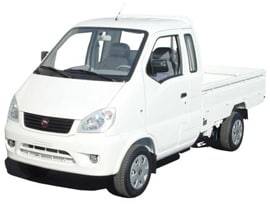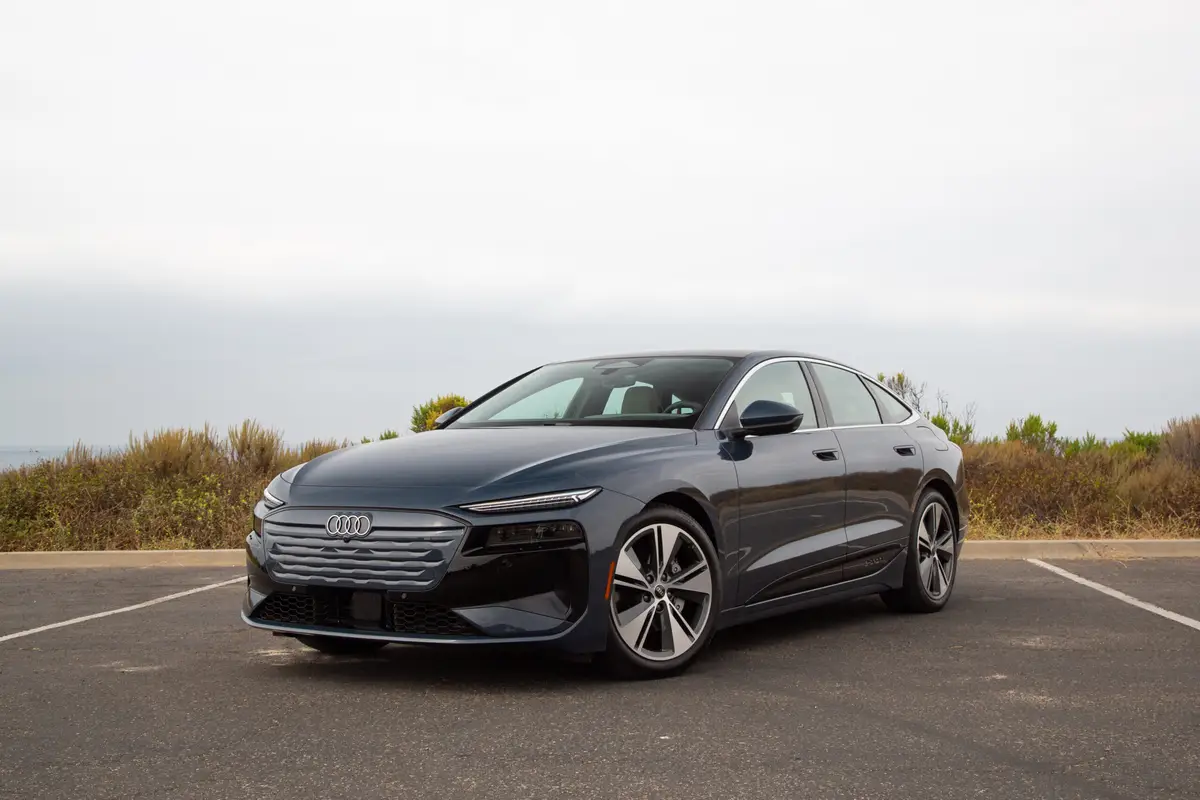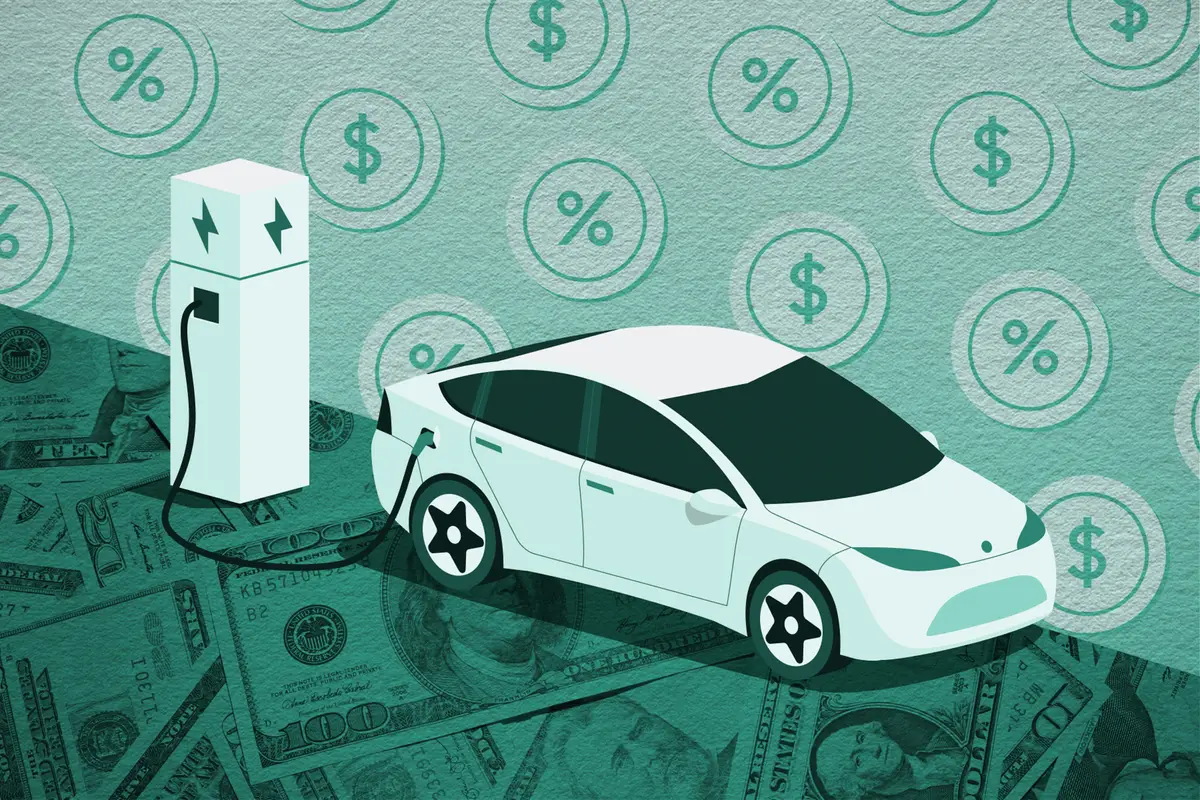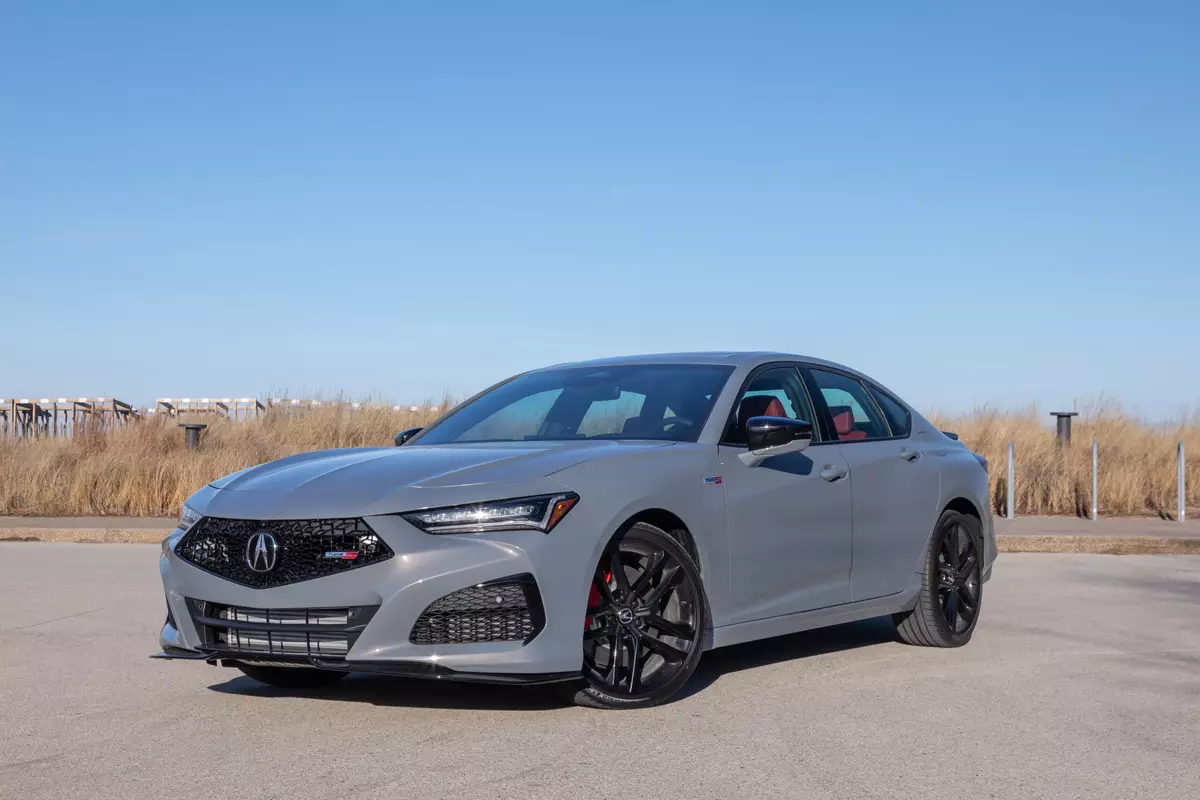Chinese Part of Mini-Truck Mania

You may have heard that Chinese automakers are coming to the U.S. soon. In reality, they’re already been here for years, in the form of mini-trucks. The trucks are part of a growing trend of people using on public roads vehicles that are not deemed safe for public roads, sparking controversy and concern.
You might be tempted to call them glorified golf carts, but with a full cabin, air conditioning and heat, the mini-trucks are more modern car than novelty; they’re a common sight in Japan. Some 2,000 to 3,000 of these vehicles are sold each year to government agencies, schools, resorts and other commercial enterprises. Now, there’s even a growing consumer base. It’s that consumer group that has Eric Baron, CEO of Mag International, thinking the industry could exceed more than 5,000 vehicle sales in the next couple of years.
“I get a lot of calls from people wanting to buy them, or from people who have bought black-market ones from Japan looking for parts,” Baron said.
The mini-trucks — mainly vans and trucks — cost between $9,500 and $13,000, and some models get more than 30 mpg, unofficially. The EPA doesn’t test their fuel economy.
While they aren’t built for highway speeds, these Chinese offroad vehicles (meaning ones that aren’t street legal, not ones meant for rock climbing) go by many names: White trucks, K-trucks, mini-trucks and low-speed-vehicles.
Pete Varney, associate director of garage and car pool at the University of Illinois, is a recent convert to these vehicles. In 2007, he purchased eight for testing to see if the Chinese cars could withstand the hardships of near-continuous use in Champaign’s difficult winters and steamy summers. Varney said that so far he’s had a positive experience.
“These trucks can carry a ton of stuff,” he said.
According to Varney, the mini-trucks are getting 30 mpg or more, and have had relatively low maintenance costs so far. The university has more than 500 cars, trucks and SUVs in its fleet, and it’s looking to replace some of those with more fuel-efficient alternatives.
Mag-International, Vantage International and Tiger Trucks are the “Big Three” for Chinese mini-trucks. Each company gets its vehicles from a different Chinese automaker: Mag from Harbin Hafei Motor, Vantage from FAW Group, and Tiger from ChangAn Automobile Group.
With gas prices on the rise, consumers might be tempted to buy one of these trucks, but they’re not street-legal everywhere. Baron said if consumers living in urban areas with low speed limits find these cars to be safe, they should go for it — but be sure to look into your city and state ordinances before buying one.
Organizations like the Insurance Institute for Highway Safety have taken notice of the rise of mini-trucks, and they are concerned. IIHS’ director of media relations, Russ Rader, said IIHS will continue to follow the situation and, if need be, petition the government to enforce proper safety standards on low-speed vehicles.
“What’s happening here is an attempt to carve out a class of vehicles where 40 years of passenger safety standards just don’t apply,” Rader said.
In the future, mini-trucks might have to pass more stringent safety standards, but doing so would most likely increase the weight and cost of these vehicles, reducing their popularity.
Featured stories




